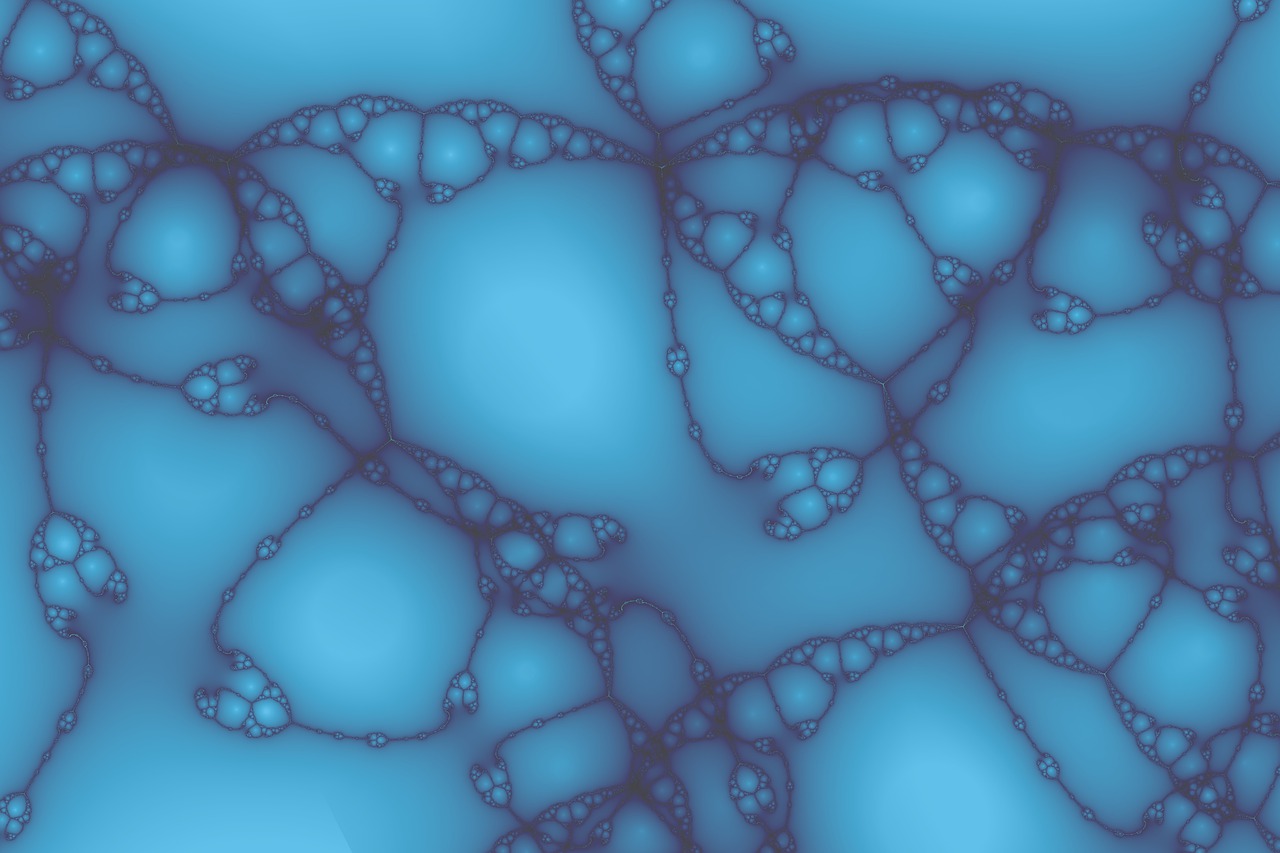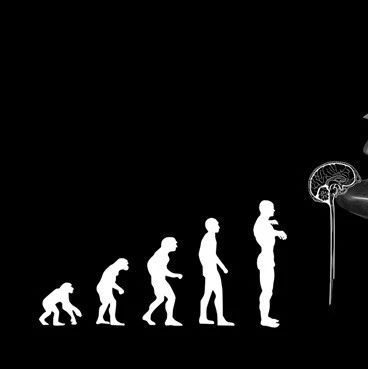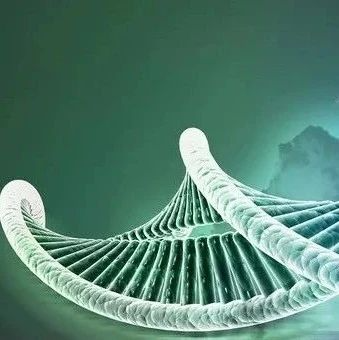对现代和古代DNA样本的调查可能帮助阐明猪的驯化的历史,而且可能提供关于东亚人类迁徙历史的见解。通过把考古学信息和遗传信息结合起来,Greger Larson及其同事拓展了猪的驯化史,这可以用于追踪家养动物的传播,而且可能提供该地区的人类迁徙的替代研究对象。这组科学家分析了现代猪的基因组以及跨越了将近5000年的驯化猪的祖先的18个古代遗传样本。结果支持了此前的显示猪在中国出现独立驯化的研究,并且提出,从最早的驯化之后,在该地区的其他地方还可能出现了4个独立的驯化事件,几个野生猪的种群没有与家养的猪杂交从而维持了它们的遗传完整性。这项调查可能为证实这些结果的进一步研究提供一份路线图,而且可能帮助科学家更好地理解猪的驯化,因此也就更好地理解该地区早期人类的运动。
论文 #09-12264: “Patterns of East Asian pig domestication, migration, and turnover revealed by modern and ancient DNA,” 作者 Greger Larson, Ranran Liu, Xingbo Zhao, Jing Yuan, Dorian Fuller, Loukas Barton, Keith Dobney, Qipeng Fan, Zhiliang Gu, Xiaohui Liu, Yunbing Luo, Peng Lv, Leif Andersson和Ning Li
媒体联系人:Greger Larson,英国Durham大学考古系
Department of Archaeology, University of Durham, Durham, UNITED KINGDOM
电话:+44-191-334-1574
电子邮件:greger.larson@durham.ac.uk
媒体联系人:Ning Li,中国农业大学农业生物技术国家重点实验室
State Key Laboratory of Agrobiotechnology, China Agricultural University, Beijing, CHINA
电子邮件:ninglcau@cau.edu.cn
Published online before print April 19, 2010, doi: 10.1073/pnas.0912264107
Abstract
The establishment of agricultural economies based upon domestic animals began independently in many parts of the world and led to both increases in human population size and the migration of people carrying domestic plants and animals. The precise circumstances of the earliest phases of these events remain mysterious given their antiquity and the fact that subsequent waves of migrants have often replaced the first. Through the use of more than 1,500 modern (including 151 previously uncharacterized specimens) and 18 ancient (representing six East Asian archeological sites) pig (Sus scrofa) DNA sequences sampled across East Asia, we provide evidence for the long-term genetic continuity between modern and ancient Chinese domestic pigs. Although the Chinese case for independent pig domestication is supported by both genetic and archaeological evidence, we discuss five additional (and possibly) independent domestications of indigenous wild boar populations: one in India, three in peninsular Southeast Asia, and one off the coast of Taiwan. Collectively, we refer to these instances as “cryptic domestication,” given the current lack of corroborating archaeological evidence. In addition, we demonstrate the existence of numerous populations of genetically distinct and widespread wild boar populations that have not contributed maternal genetic material to modern domestic stocks. The overall findings provide the most complete picture yet of pig evolution and domestication in East Asia, and generate testable hypotheses regarding the development and spread of early farmers in the Far East.







